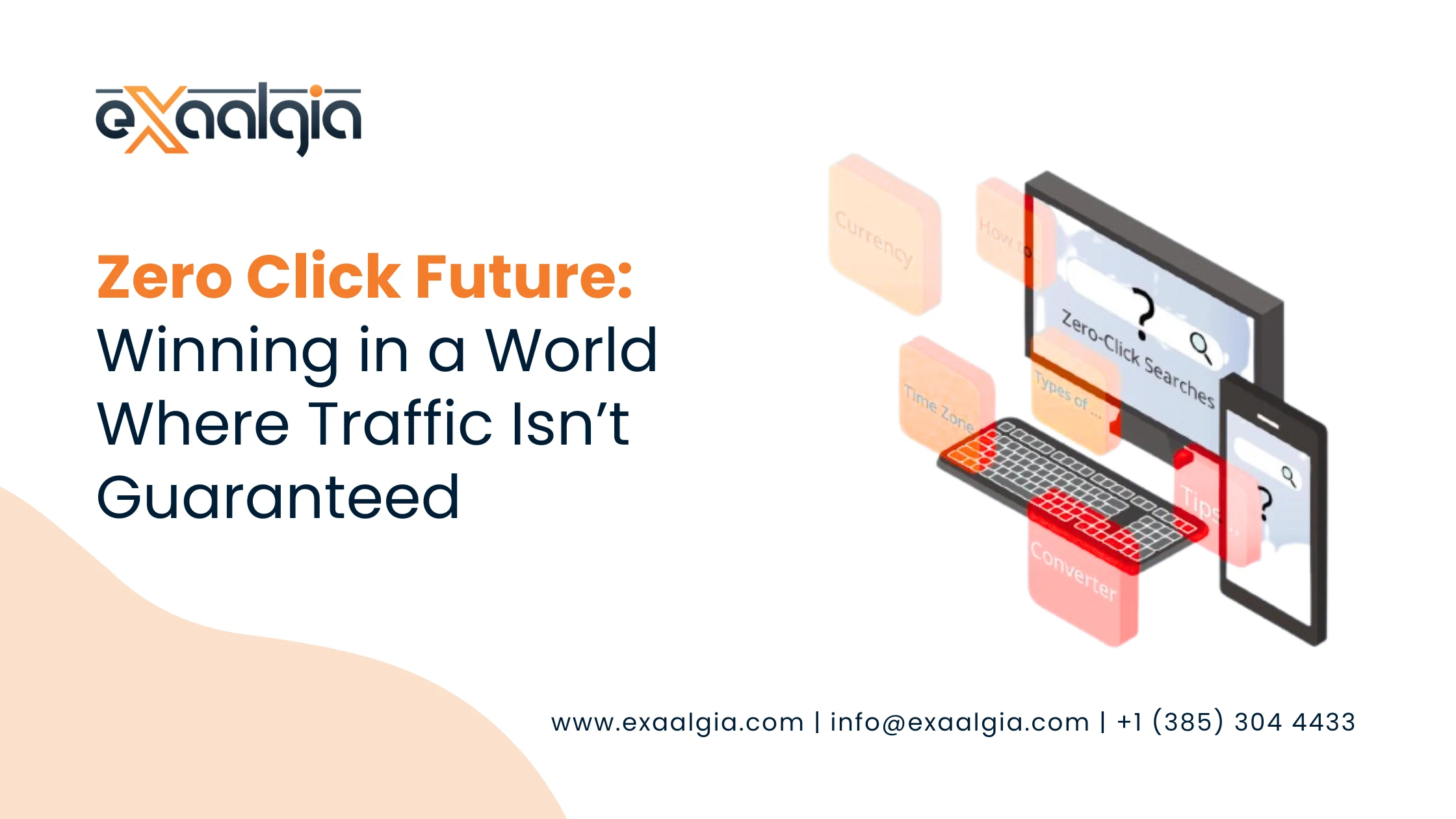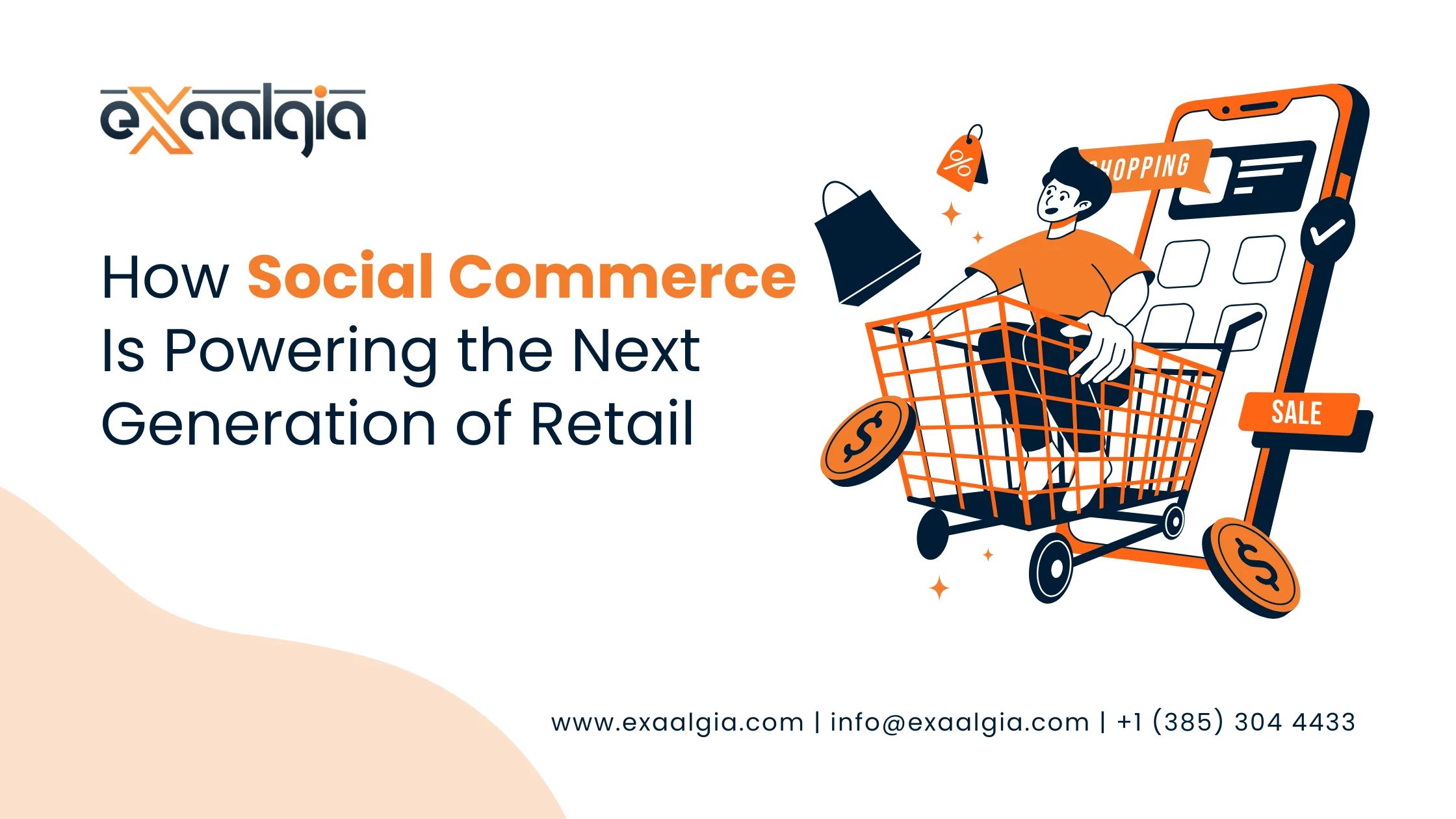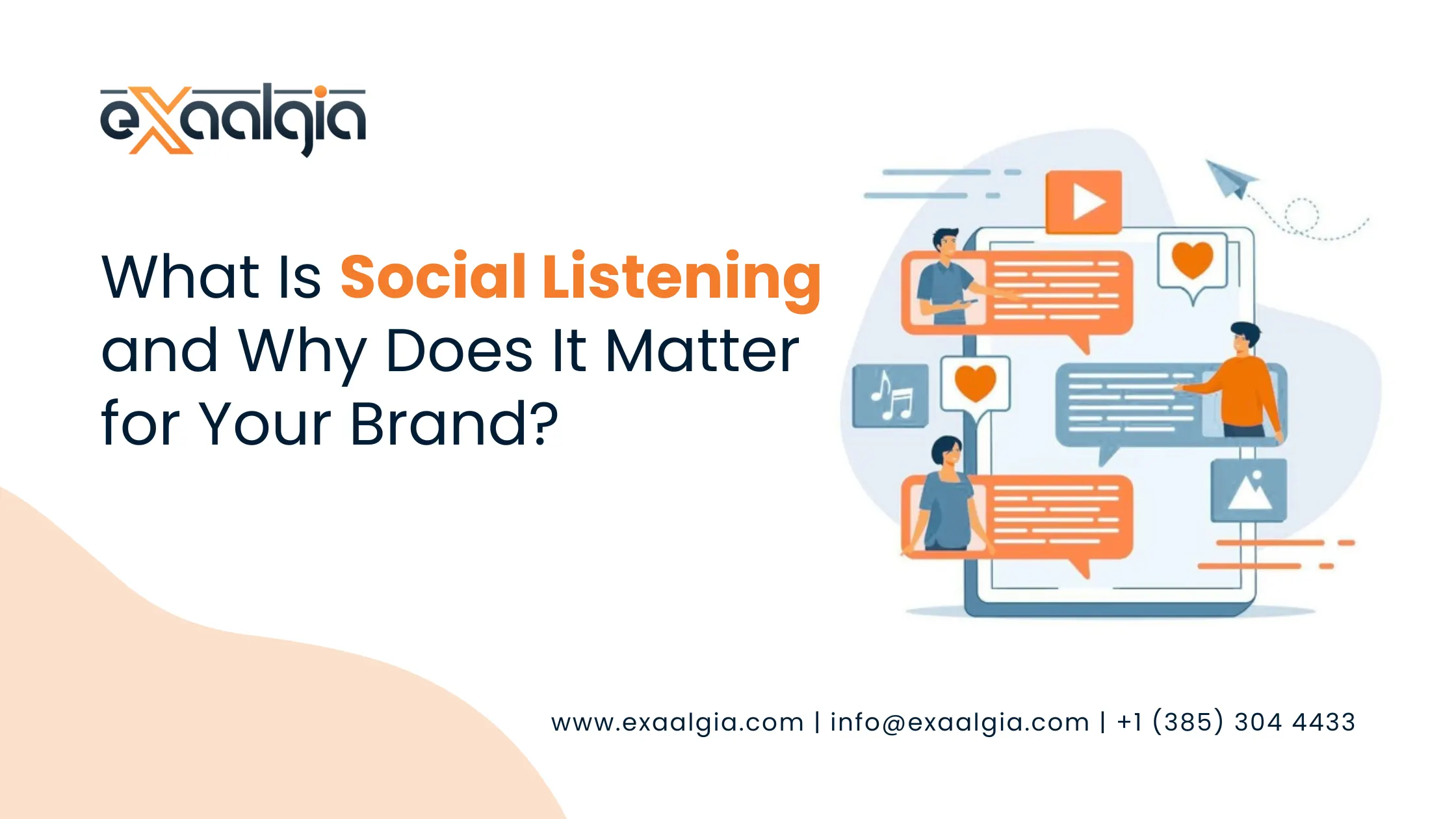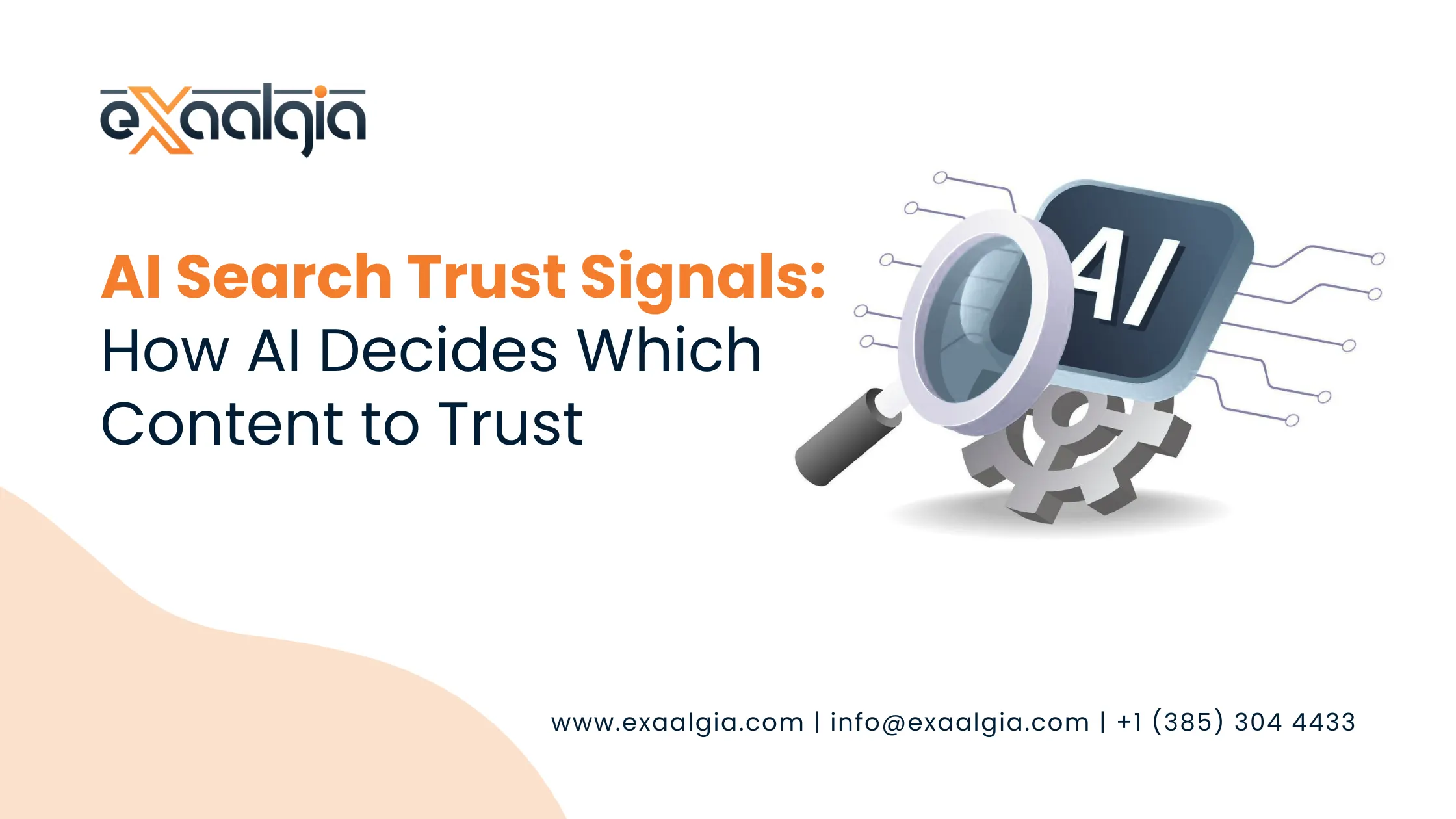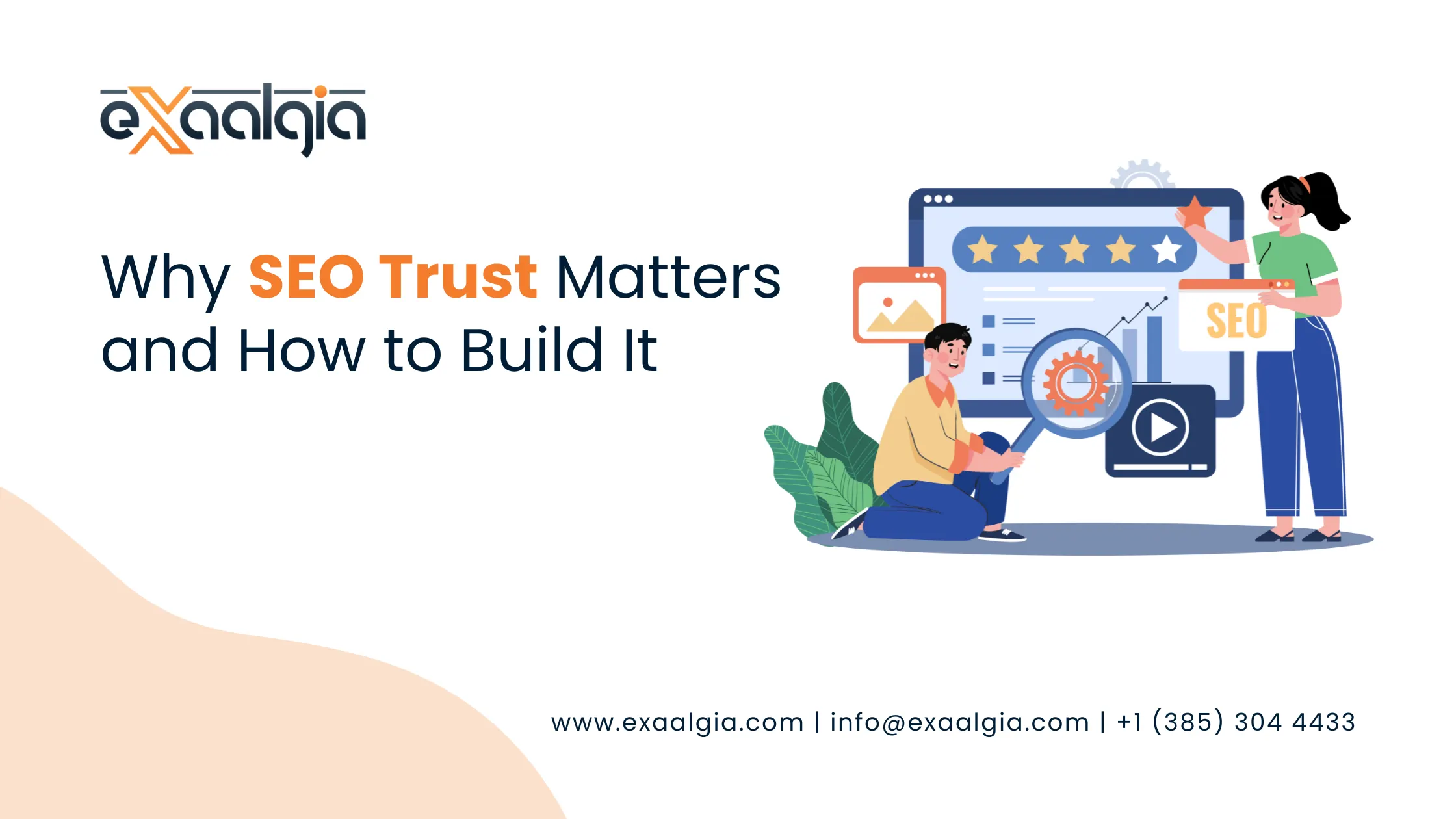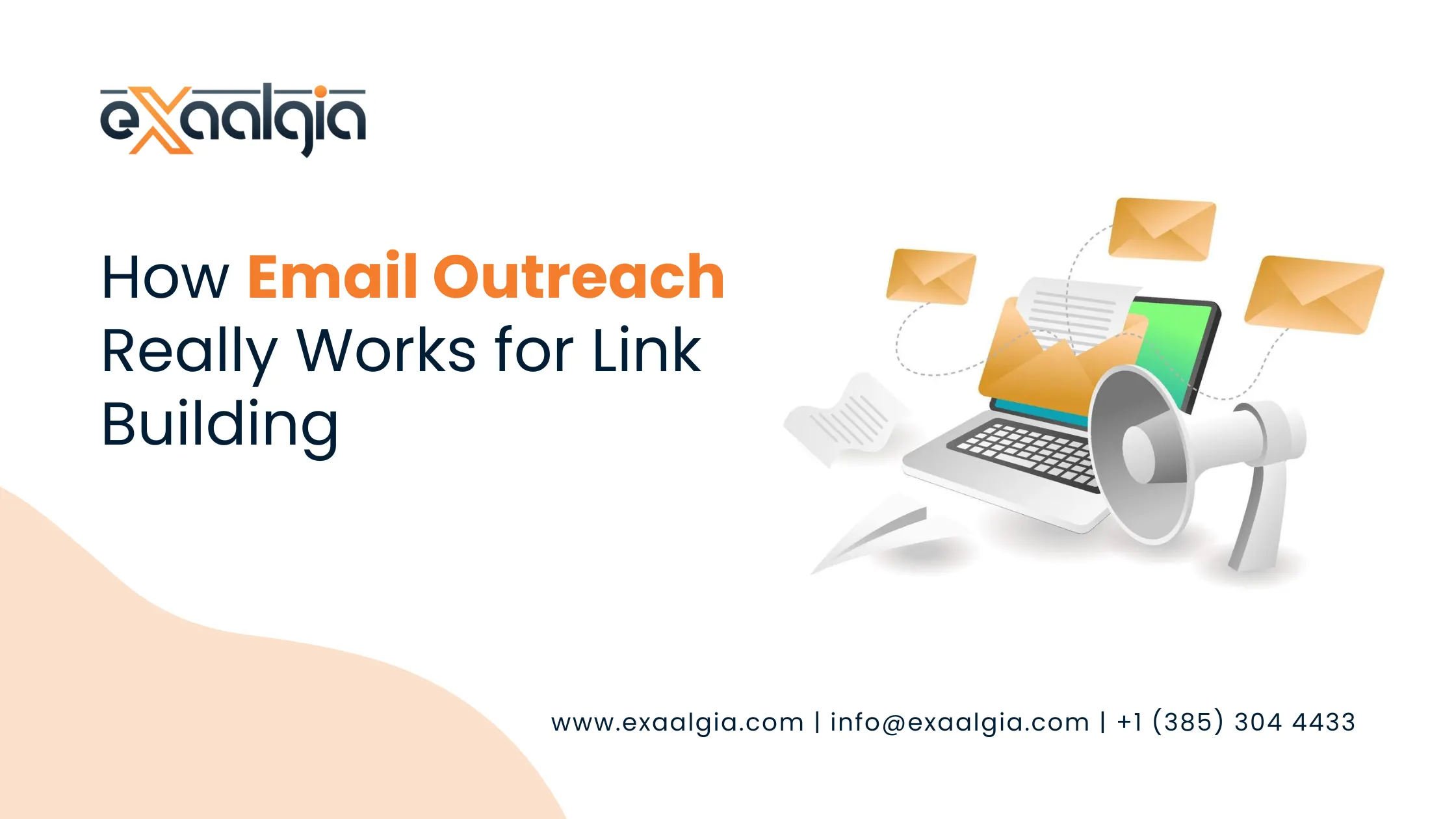In this post, we’ll explore what zero-click searches are, why they’ve surged, the cost of ignoring them, and more importantly, how your brand can win in a world where clicks are declining but visibility and authority matter more than ever.
What Exactly Is the Zero Click Future?
A zero click future occurs when a user’s query is answered right in the search engine results page (SERP), via featured snippets, answer boxes, knowledge panels, local packs, “People Also Ask” (PAA), AI Overviews, etc. The user doesn’t click through to your site because they already have their answer.
Examples:
- A “Featured Snippet” gives a short summary or answer at the top.
- When Google’s “People Also Ask” expands to show content.
- Local packs for maps or restaurant results where addresses and ratings show without needing to click.
- AI-powered answer summaries or chat bots.
This phenomenon is not just limited to Google, it’s spreading to other search engines and platforms (Bing, DuckDuckGo), and into AI tools and voice assistants. Also, increasingly, people search on social media platforms (YouTube, TikTok, Instagram), which serve answers directly in‐app without directing users off‐platform.
Why the Zero Click Future Is Accelerating
Several forces are pushing us toward a digital ecosystem where search engines and apps “keep” the user rather than sending them away.
1. Instant answers improve user experience
Search engines want to satisfy the query fast. If users can get what they need immediately, satisfaction rises. Google, Bing, and other platforms are investing heavily in “answer” features because it reduces friction.
2. Platform monetization & ad revenue
Keeping users inside the ecosystem means more opportunities for platforms to serve ads, collect data, and upsell. When clicks are reduced, that doesn’t necessarily reduce revenue, if the search engine can show ads in the snippet, local pack, or knowledge panel, or monetize via voice search.
3. Rise of AI and conversational search
AI overviews and generative tools (chatbots, virtual assistants) increasingly provide comprehensive answers. Users often prefer asking a device or assistant that gives them what they want without extra navigation.
4. Shift in how people search
Instead of always going to Google, people use YouTube, TikTok, Reddit, Instagram, etc., for particular types of content. These platforms are evolving search-like features (search bars, answer previews) that keep users inside the platform.
The Hidden Risks of Ignoring the Zero Click Trend
If your marketing strategy is predicated purely on driving click-through traffic, here’s what you might lose by refusing to adapt:
Declining organic traffic: Rankings may stay stable, but visits drop, because people are satisfied by what they see in SERPs.
Lower engagement in your funnel: Fewer people get to your site → lower opportunity to retain, convert, sell.
Weaker authority signals: When search engines and AI tools favor sources that are already being featured or quoted, not being in that pool reduces your chance to be cited.
Loss of insights: Without on-site behavior data (which URLs clicked, how users engage), it’s hard to refine content strategy, understand user intent deeply, or optimize conversion paths.
Revenue risk: Fewer visits often mean fewer leads / sales / ad impressions unless you have other channels.
Smart SEO Strategies to Win in a Click-Less World
The zero click future doesn’t have to be a threat. If you adapt, it can be an opportunity. Here’s how to thrive.
1. Optimize for Snippets, Answer Boxes, and AI Visibility
Structure your content so that search engines (and AI tools) can pull answers.
- Use clear FAQ, How-To, and List formats.
- Use schema markup (structured data): FAQ schema, HowTo schema, review schema, etc.
- Begin articles with concise summaries (the “one-sentence answer”).
- Use descriptive headings (H2 / H3) to break content into logical answerable chunks.
Try to be the source search engines quote: be “worth quoting.”
- Unique, original research.
- Expert commentary (internal or external).
- Case studies, data, statistics.
- Clear comparison tables.
2. Increase Brand Authority & Trust
- Earn high quality backlinks and mentions on authoritative sites.
- Contribute content or commentary to industry publications, press, respected forums.
- Maintain consistent branding (voice, messaging, design) across all touchpoints.
- Elicit and display user reviews, testimonials.
3. Provide Click-Worthy Content for Deep Engagement
Even when snippets satisfy many, some users want detail. Those are the ones you want to attract to your site. To do that:
- Create in-depth guides, long-form content, resources beyond what fits in a snippet.
- Offer exclusive tools or downloads (whitepapers, templates, calculators).
- Use meta descriptions that tease curiosity (“Here’s what most people miss…”).
- Use visuals (charts, infographics, videos) that are not captured in SERPs snippet content.
4. Diversify Presence Beyond Google
Don’t rely solely on Google. Your audience might be searching (or consuming content) on:
- YouTube (optimize video search: transcripts, timestamps, strong thumbnails).
- TikTok / Instagram Reels / Shorts (short form videos with hooks).
- Reddit, Quora, niche forums (participate, answer questions).
- Voice assistants and smart devices.
5. Leverage First-Party Data
When platforms control visibility, your own audience relationships become super valuable.
- Use lead magnets, gated content, opt-in forms, quizzes to collect emails / contacts.
- Use a Customer Data Platform (CDP) or CRM to unify data from different touchpoints.
- Segment audiences / personalize content and outreach (email, SMS, push).
New Metrics for Measuring Success
As clicks become less central, we need new KPIs to assess visibility, impact, and growth.
Impressions: How often your content shows up in SERPs, in snippets, in answer boxes.
Featured snippet & AI Overviews citations: Track how often your content is being used as source.
Brand mentions & share of voice: On social media, forums, across the web.
Engagement: Time on page (for those who click), number of downloads/tools used.
Referral traffic from alternative channels (YouTube, social, AI assistants).
Subscriber / opt-in metrics: Growth in email lists, transfers via owned channels.
Building Brand Authority in the Age of Zero Clicks
Here’s a practical checklist you can run through to prepare your content / site strategy for the zero click future:
| Task | Why It Matters |
| Audit top-performing keywords: see which ones now trigger snippets, answer boxes | To spot opportunities for optimization and content repurposing |
| Add FAQ / HowTo sections / schema where relevant | Helps search engines extract answers for zero-click features |
| Update old content summaries at top | Provides that “quick answer” zone for SERP extraction |
| Produce original data / research | Helps earn quotes, build authority |
| Build content hubs / internal linking | Helps structure your topical relevance and boost discovery |
| Repurpose long-form blog content into video / shorts / social snippets | Captures audience on different platforms and formats |
| Encourage customer reviews, expert quotes, external validation | Boosts trust and citation chances |
| Set up email / CRM / CDP for first-party data | Reduces dependence on algorithmic traffic |
| Monitor new metrics (impressions, snippets, mentions) | You’ll know what’s working beyond classic traffic numbers |
How to Turn SERP Visibility Into Real Conversions
Let’s say you run a cooking blog. You’ve long relied on blog posts about “how to bake sourdough bread.” Your traffic has dropped despite your content ranking well. Why? Because Google now shows recipe steps, tips (“people also ask”), video snippets, and even some sites that embed step-by-step images directly in SERP. The user doesn’t have to click.
Here’s how you’d adapt:
- Add structured recipe schema, include a short summary at the top (“Here’s how to bake sourdough in five steps…”).
- Include original photos / charts / a downloadable checklist.
- Produce video recipes for YouTube and snack-size recipe videos for TikTok.
- Write a long-form article with deep tips, troubleshooting, fermentation science (for those who want more).
- Invite expert bakers to comment, include quotes.
- Offer a printable sourdough starter tracker as a lead magnet.
- Track how often your recipe appears in snippets / how many impressions vs clicks.
This way, even though many users get the main recipe steps without coming in, your brand gets recognized, trusted, and those who want more will click. Plus, you still build your email list, authority, and multi-channel presence.
Facing Objections & Challenges
“If users don’t click, how will I ever monetize?”
You monetize not only via site traffic. Brand visibility leads to higher trust, more mentions, affiliate income, ad impressions (even on snippet-based SERPs), and through owned channels (email, product sales).
“Isn’t traffic still important?”
Yes, but traffic is no longer the only measure of success. It’s about influence, visibility, authority. Some clicks are enough; total abandonment isn’t inevitable.
“Won’t optimizing for snippets / zero-click features dilute content depth?”
Not necessarily. You can structure your content to have quick answer zones (summaries / snippets) + deeper sections for details. It’s about layering content for both shallow and deep intent.
Why Zero-Click Future Is Inevitable, and What It Means
- The world is trending toward frictionless information access. People want answers fast, and platforms are optimizing for that.
- Search is blending with AI, voice, and alternative platforms. The “SERP” is no longer just Google’s listings, it’s conversations, overviews, voice responses, social feeds.
- Brands that survive this shift will be those that build authority, multi-channel visibility, and direct connections with their audience (email, community, social).
Thriving in the Zero Click Future Now
The zero click future isn’t coming, it is here. And it’s rewriting what we consider success in digital marketing. If your strategy depends only on clicks, you’re likely to be left behind.
To win in this era:
- Optimize your content for what search engines and AI want (snippets, structured data, rich answers).
- Be quote-worthy: original data, expert voice, depth.
- Diversify where and how your content shows up.
- Lean into first-party data and build channels you own.
- Measure with new metrics: impressions, featured snippet count, brand presence, engagement, not just visits.
If you adapt now, you won’t just survive the zero click future, you’ll thrive. Your brand will be one of those that shows up, is remembered, and trusted, even when the user doesn’t click. Because in the end, being seen and trusted is often more valuable than being clicked.

